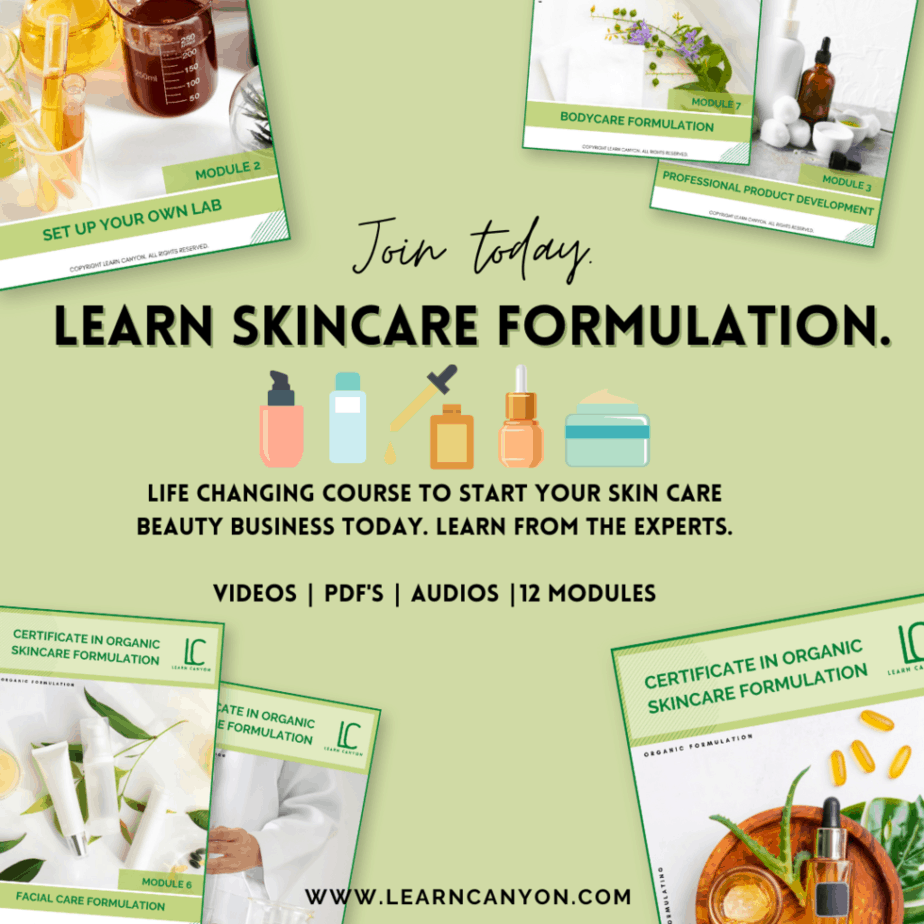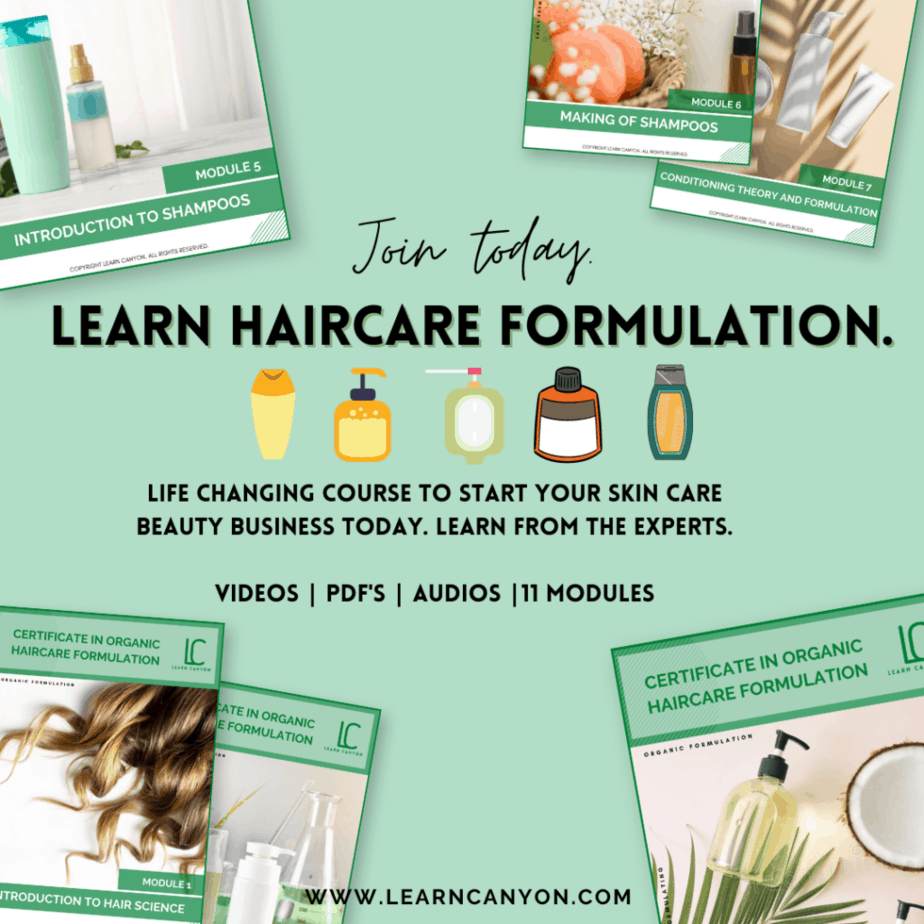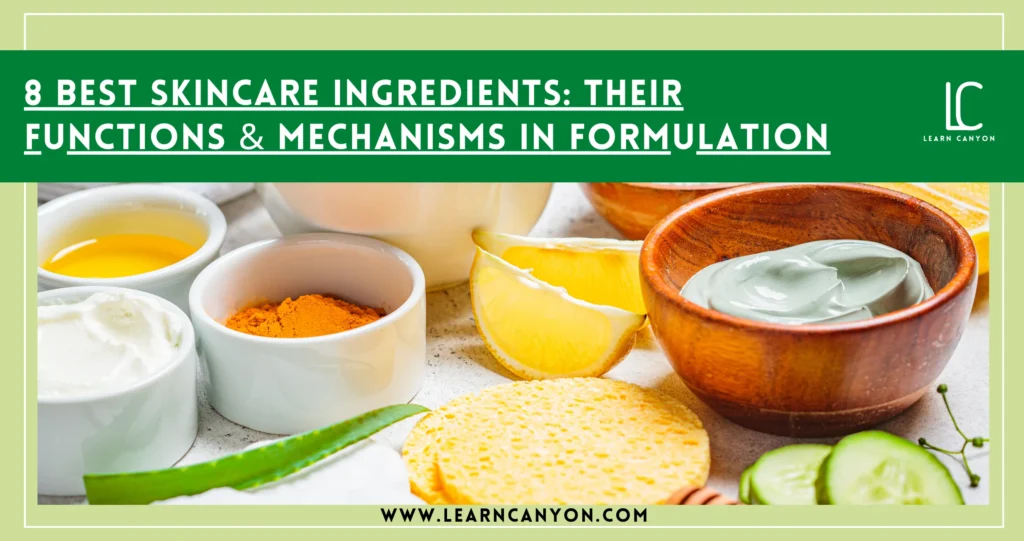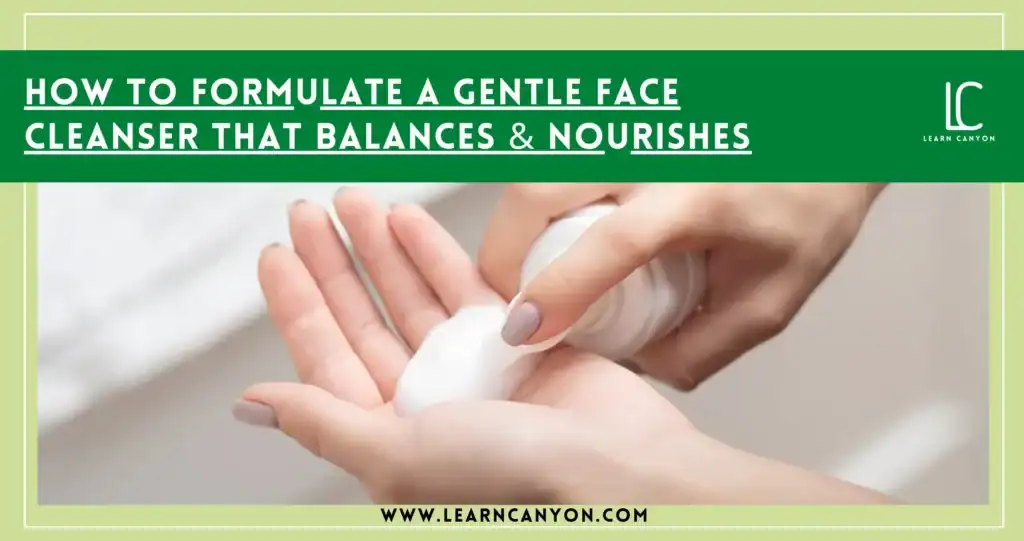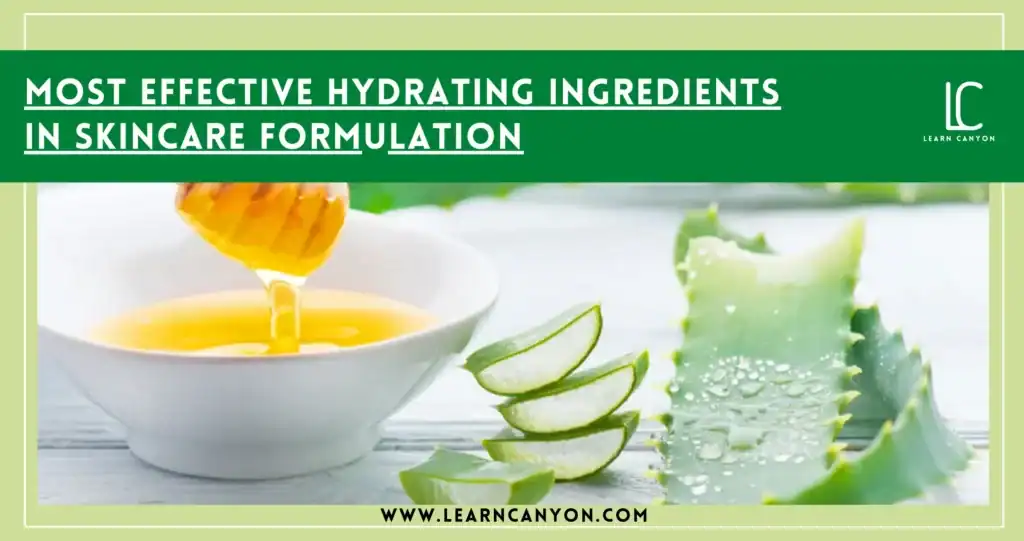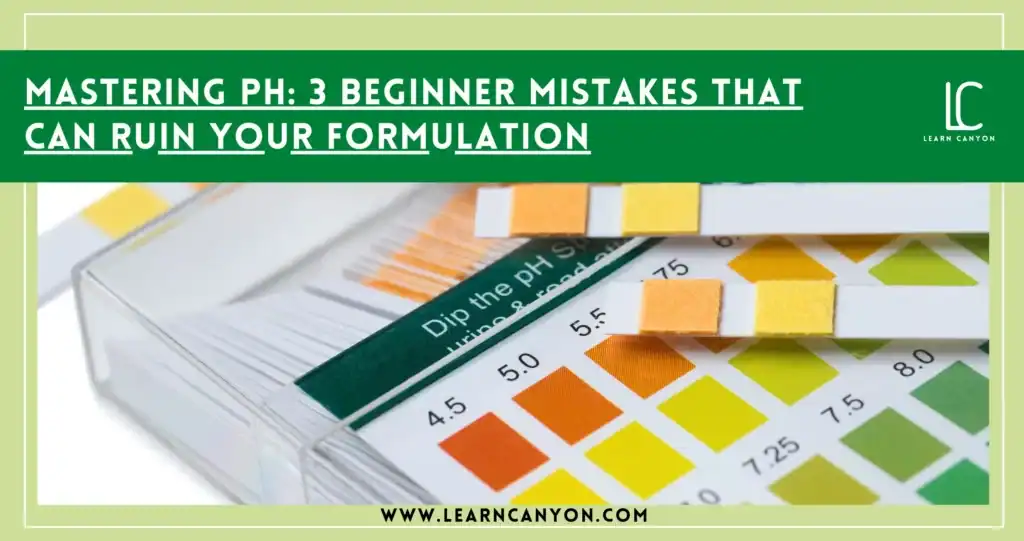“IT MIGHT SEEM IMPOSSIBLE BUT IT ISN’T”
A great skin could appear to be a mirage—something you can see in the distance but are unable to grasp. If you don’t know whether the components in the miracle cream will truly work, you might just say a prayer and apply whatever lotion looks promising before going to bed each night.
Even while we have access to more skincare ingredients and products than ever before, many cosmetics contain toxins. What then should we specifically check for when selecting skincare products?
What fabled components will give us the radiance and youth of our lives?
Well, a proper formulation of a skincare product can help improve the skin’s texture, absorption, and function. The important factor in effective skincare is the ingredients list.
Many skincare ingredients are beneficial for improving skin health. Here, we take a look at the 8 best skincare ingredients.
Each has unique functions and mechanisms in formulation that make it an indispensable part of a good skincare regimen.
Let us jump in right away to understand each INGREDIENT!
1. Hyaluronic Acid: The Hydration Hero
Function
- Hyaluronic Acid is a non-sulfated GAG made up of glucuronides β (1–3)-linked repeating polymeric disaccharides of D-glucuronic acid and N-acetyl-D-glucosamine.
- Hyaluronic acid is a moisture-binding molecule that retains water to keep skin hydrated and plump.
- As a filter, HA in the dermis controls ion flow, water balance, and osmotic pressure. It also improves the extracellular domain of cell surfaces and stabilizes skin tissues through electrostatic interactions.
How is it made?
Certain species of bacteria are frequently fermented to create hyaluronic acid. Another typical source is rooster combs, which are the red, Mohawk-like growths on top of roosters’ heads and faces.
Benefits Of Hyaluronic Acid
- It functions as a humectant and is present in many skin care products. After collecting moisture, it draws and holds water within the skin, providing intense hydration and helping to minimize the appearance of fine lines and wrinkles.
- It acts as a Lipid Barrier Enhancement
- It tightens facial contours to make you look younger. It improves the appearance and smooths out the skin’s texture.
- The ability of hyaluronic acid to heal pigmentation disorders, as well as decrease and avoid age spots, is among its many excellent properties.
HA in skincare formulation
Sodium hyaluronate, a sodium salt of hyaluronic acid, has a molecular mass that is less than hyaluronic acid and is therefore more suitable to use in skincare formulation for improved penetration and more excellent shelf life. This form of hyaluronic acid makes up the majority of the hyaluronic acid in cosmetic formulas.
While using HA in skincare formulation, you must know that the natural PH of hyaluronic acid (in serum and powder form) is approximately 6, though batches might vary somewhat.
Hyaluronic acid doesn’t have a set dosage, but based on your product and formulation, you’ll want to utilise it in an appropriate amount;
- It is usually advised to use 5% of the 1% HA solution in toners, though you are free to use more if you choose. 5% HA in 95% hydrosol makes a great, simple toner.
- Normally advised to add 5% of the 1% HA solution to water or emulsion serums, though you can certainly go more if you choose.
- Use 1-2% of the 1% HA solution in moisturisers.
Synergy
Combining HA with Other Ingredients; with other water-based and water-soluble compounds, hyaluronic acid blends nicely.
Oils must be used with an emulsifier because HA is soluble in water and water and oil don’t mix.
Note: If you are interested in learning to formulate a face serum using Hyaluronic acid, then this Learn Canyon blog post will guide you step-by-step to formulate it.
2. Retinol: The Age-Defying Wonder
Function:
Retinol, a derivative of Vitamin A, promotes skin cell turnover, reduces fine lines, and stimulates collagen production. Apoptosis, differentiation, and cell proliferation are all regulated by retinoids. Retinoids’ anti-wrinkle characteristics encourage keratinocyte proliferation, bolster the epidermis’s barrier function, limit transepidermal water loss, safeguard collagen against deterioration, and suppress the activity of metalloproteinases.
How is it made?
The breakdown of -carotene leads to the synthesis of retinol. The core double bond of beta-carotene is first broken by the enzyme beta-carotene 15-15′-monooxygenase, yielding an epoxide. Water subsequently attacks this epoxide, forming two hydroxyl groups in the structure’s middle. When these alcohols are converted to aldehydes utilising NADH, there is a cleavage. The name of this substance is retinal. The enzyme retinol dehydrogenase then converts the retina to retinol.
Benefits Of Retinol
- Retinol clears the acne skin and stops new breakouts from developing.
- One of the best skincare ingredients thoroughly researched to be anti-ageing substances on the market is retinol.
- It encourages skin cell turnover, which has a kind of “exfoliating” effect. New, lighter, more even-toned skin with higher amounts of collagen and elastin replaces dull, dry skin.
- Retinol is reasonably priced.
Read the article on How Does Retinol Work on the Skin?
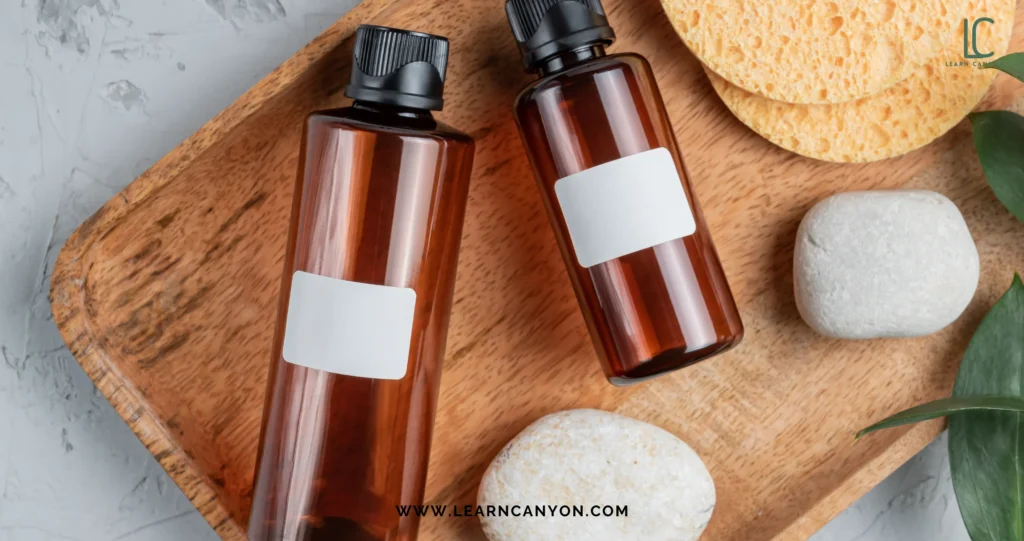
Retinol in Skincare Formulation
Due to its relative instability, retinol must be prepared with a pH of 6-7. To keep this pH range constant during the product’s shelf life, you will either need to employ a sodium citrate buffer or closely monitor stability tests.
Additionally, heat must be avoided throughout processing, and it should only be added when the formula is 40°C or lower.
Since retinol and its derivatives are oil soluble, you must make sure that the oil continuous phase of a solution holds them stable. According to the form you use, you might also need to combine them with oil before incorporating them into a mixture.
Synergy
Antioxidant compounds are necessary to safeguard the formulation while adding anti-irritant substances like allantoin or alpha-bisabolol is strongly advised. It helps mitigate potential sensitivity and enhance its anti-ageing effects.
Vitamin C: The Brightening Boost
Function
As a water-soluble vitamin, vitamin C (also known as ascorbic acid or ascorbate) is a straightforward, low-molecular-weight carbohydrate that is necessary for the body.
In addition to playing anatomical functions in the skin’s defence against oxidation, wrinkle prevention, and cell signal pathways of cell growth and differentiation, vitamin C also contributes to immunity to UV-induced oxidative stress and the inhibition of melanogenesis.
How is it made?
In the industrial setting, glucose is converted to vitamin C using an uncommon combination of biological and chemical chemistry.
Benefits of Vitamin C
- One of the best skincare ingredients that enhances your body’s production of collagen, which helps to avoid and lessen these undesirable symptoms.
- Providing sun protection
- Vitamin C gives your skin hydration and aids in reducing dryness.
- Increases skin elasticity
- Reduces the dark pigmentation of the skin and works well as an antioxidant and anti-inflammatory to lessen the symptoms of inflammation, such as rash, redness, and irritation.
Vitamin C in Skincare Formulation
.Types of vitamin C found in cosmetic formulations are;
- L Ascorbic acid
- Ascorbic acid
- Ascorbyl Palmitate
- Magnesium Ascorbyl Phosphate
- Ascorbyl di-palmitate
Various types of Vitamin C are handled in different types of cosmetic product formulation.
In aqueous solutions and cosmetic formulations, ascorbic acid is easily oxidised and is one of the most unstable vitamins. In order to regenerate alpha-tocopherol, it can also function as a coantioxidant with the tocopheroxyl radical.
A range of preparations containing ascorbic acid or its derivatives have been researched to assess its stability and transport through the skin since ascorbic acid’s controllable instability presents a substantial problem in the creation of cosmetic formulations.
There were stabilizers and molecules found that would solve this problem.
Specially, for serums, 5% Vit. C is enough before it turns brown and crystallizes.
Synergy
When combined with Vitamin E, Vitamin C’s efficacy is amplified, and it offers enhanced protection against UV damage.
4. Niacinamide: The Multi-Tasking Marvel
Function
Also known as Vitamin B3. The co-factors NAD and NADP, which are precursors of niacinamide, are crucial for metabolic processes such as cellular energy production, glucose metabolism, and lipid synthesis. Niacinamide topical treatment aids in reducing the depletion of these co-enzymes as people get older.
How is it made?
Niacinamide is one of the best skincare ingredients that comes from nicotinic acid, which is naturally found in brewer’s yeast and most grains. After being isolated, it goes through a chemical transformation to become niacinamide.
Benefits of Niacinamide
- It boosts hydration
- It calms redness
- Reduces the appearance of pores
- Possibly protect against skin cancers
- Treats dark spots
- Reduces wrinkles and fine lines
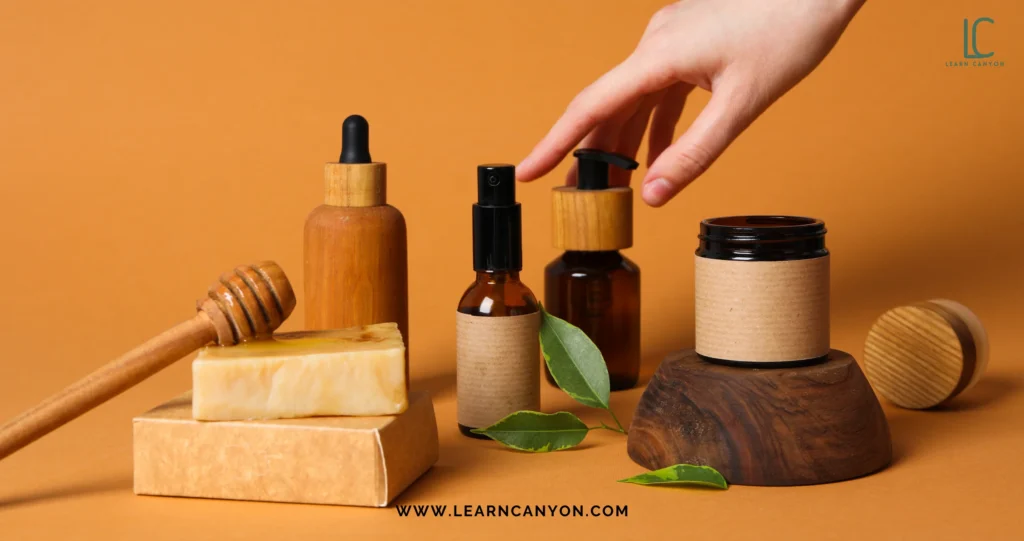
Niacinamide in skincare formulation
Formulators give enough value to niacinamide as it is versatile. Niacinamide is reasonably simple to make and can be added to the water phase of an emulsion or to a water-based finished good like a toner or water-based serum due to its water mobility.
- Water solubility
- Usage Rates: 10% maximum. Usually between 1 and 6 percent.
- pH: 6-7.5
- Add to: Products that are in the water phase or water-based final products. Add the desired quantity to a water solution and stir until it dissolves.
- Manifestation: white powder
Synergy
Niacinamide can be used alongside other actives like hyaluronic acid and retinol without irritation. However, according to current research, there may be some harmful interactions between Vitamin C and Niacinamide. It hasn’t been exactly proved yet.
5. Glycolic Acid: The Exfoliating Expert
Function
By separating and desquamating the stratum corneum, AHAs reduce corneocyte cohesiveness directly above the granular layer.
Glycolic acid is thought to aid in the uniform exfoliation of the stratum corneum’s outermost layers when present in low concentrations (2–5%). This is done by gradually reducing the intercellular material’s cohesiveness.
It stimulates collagen formation by removing old collagen fibres to make room for new ones.
How is it made?
Although glycolic acid can be derived from plants including sugarcane, pineapple, and sugar beets, it is primarily produced chemically from fossil fuels by carbonylation of formaldehyde at high temperatures and pressures.
Benefits of Glycolic Acid
- Exfoliates the skin, removing dead cells and promoting cell turnover.
- All forms of acne, including comedonal acne, were promptly treated.
- Heals the sun-damaged skin
- Improves the rate of fibroblast and keratinocyte proliferation, aiding in skin regeneration and healing.
- Increases elastin quality, which encourages skin elasticity
Glycolic acid in skincare formulation
Creams, lotions, serums, and masques should have a pH of 3.8 at the very least. The pH range of glycolic acid can range from 3.8 to 4.4, but this is only a guide; you should confirm the actual concentration levels and the ideal pH range with your supplier.
The use of glycolic acid products above 10% may only be prescribed by dermatologists and skin experts under strict supervision and usually for a limited time.
Higher AHA (glycolic) concentrations have the potential to irritate and sensitise the skin. Only the necessary amount of usage would be allowed, according to qualified professionals.
Products need government approval when glycolic acid concentrations are used in higher amounts.
Synergy
Combining glycolic acid with hydrating ingredients helps prevent excessive dryness and irritation. Combining glycolic acid with either lactic acid or malic acid, which both open pores and increase the efficacy of exfoliation, will increase the anti-ageing effects.
6. Salicylic Acid: The Acne Assassin
Function
When salicylic acid is massaged to the skin’s surface, the epidermis’ cells shed off more easily, limiting clogged pores and creating space for new cell growth.
Salicylic acid competes with nicotinamide adenine dinucleotide to prevent the oxidation of uridine-5-diphosphoglucose (UDPG), but not UDPG itself. Additionally, it hinders the transfer of the uridine-5-phosphoglucuronic acid’s glucuronyl group to the phenolic acceptor through competitive means.
Salicylate’s analgesic and anti-inflammatory mechanisms are what give it its antirheumatic (nonsteroidal anti-inflammatory) effects.
How is it made?
The Kolbe-Schmitt technique is used to make salicylic acid. Here, sodium phenoxide is produced through the reaction of phenol and sodium hydroxide. The sodium salicylate is created when the phenoxide and CO2 come into contact. Salicylic acid is produced by acidifying the salicylate.
Benefits of Salicylic Acid
- It exfoliates within pores, making it effective against acne and blackheads.
- Fights whiteheads
- Removes dead skin cells
- Fights inflammation
- Reduces sebum secretion
- Soothes sunburn
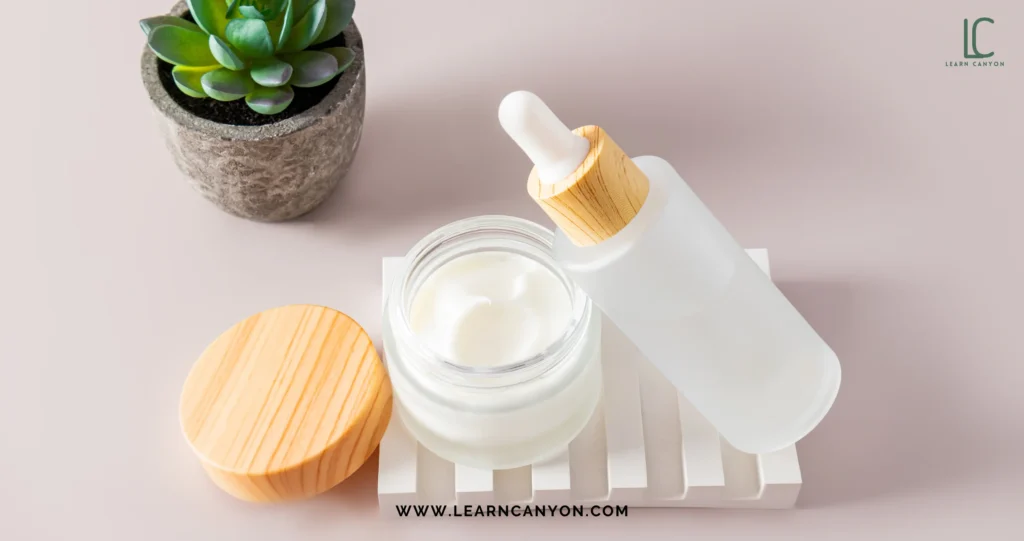
Salicylic acid in skincare formulation
Glycols, nonionic ethoxylated fatty alcohols, and ethanol can all be used to solubilize SA.
It is recommended to solubilize the SA using 42% ethanol and isoceteth 20 when producing 2% SA at a PH of 3.
Salicylic acid (SA) readily penetrates the skin, therefore adding a substance like Polyolprepolymer-15 will help to boost the amount of SA deposited in the stratum corneum’s higher layers and lessen skin irritation.
The use of hydrolyzable ester-based components should be avoided when formulating at a PH of 3. To avoid discolouration brought on by a reaction with trace iron, SA formulations should include a suitable chelant.
SA can also be solubilized using an emollient like Arlamol PS15E to create alcohol-free, oil-in-water emulsions.
This solubilized SA then easily penetrates the skin to dissolve debris, unclogs pores and prevents breakouts.
Synergy
Incorporating salicylic acid into a routine with soothing ingredients can help manage potential irritation. Also blends well with Niacinamide and AHAs.
7. Ceramides: The Barrier Builders
Function
Ceramides are lipids that help maintain the skin’s barrier, preventing moisture loss and promoting overall skin health.
In the stratum corneum (SC) of the skin, ceramides are crucial in creating a permeability barrier that prevents excessive water loss and the entry of hazardous substances from the environment.
How is it made?
Sphingosine is the main component of ceramides. An amino acid is joined to a chain of carbon atoms to form sphingosine. It comes in many shapes that combine with other fatty acids to generate ceramides.
Benefits of Ceramides
- Aid in establishing a barrier to keep moisture on your skin from evaporating
- It preserves moisture in your skin and can avoid dryness.
- Defends your skin against environmental harm.
- Defends your skin from bacteria and fungus that can cause allergies and infections.
Ceramides in skincare formulation
Since ceramides are lipid molecules, lipids or lipid phases must be added before ceramides. However, certain ceramide mixtures sold today require the water phase to be added.
Depending on the ceramide you select, a formulation’s optimal ceramide concentration will vary. For instance, 0,01-0,5% of Ceramide NP (powder) is used. Although the application of products that contain multiple ceramide types will differ, you can also buy them.
Synergy
Complement with Additional Ingredients; Ceramides perform best when paired with additional organic compounds that heighten their benefits. Adding Hyaluronic acid for increased hydration, fatty acid-rich plant oils for nourishing, and antioxidants for skin defence are a few excellent options.
8. Peptides: The Collagen Supporters
Function
Proteins in our bodies, including collagen in the skin, are made up of amino acid chains called peptides.
Peptides are capable of interacting with macromolecules like proteins. They control the immune system and carry out a number of crucial tasks in human cells, including cell signalling. Thus their mechanism on the skin barrier is to support collagen production, helping to firm and tighten the skin.
In fact, studies have shown that peptides mediate 15–40% of all protein–protein interactions in human cells.
How is it made?
Peptide synthesis, which is a process used in organic chemistry to create peptides, is the joining of several amino acids into peptides, sometimes referred to as amide bonds or peptide bonds. The condensation reaction between the carboxyl group of one amino acid and the amino group of another is the chemical process used to create peptides.
Benefits of Peptides
- They contain anti-ageing properties that lessen wrinkles and fine lines by encouraging the skin to produce more collagen.
- Peptides have anti-inflammatory qualities that might reduce inflammation or itchiness.
- Firming up the skin.
Peptides in skincare formulation
Follow these guidelines when deciding which peptide to include in a cosmetic formula, as there are various types of peptides used in skin care formulation:
- Analyse clinical efficacy data to determine the base formula type and the input needed.
- When ordering peptide ingredients from your cosmetic provider, consider the one with the efficacy data relevant to their material because peptides with the same INCI name from multiple vendors may not necessarily produce the same outcomes.
- When assembling the cosmetic formula, make sure the appropriate ingredients are utilised and any compatibility criteria are followed.
- When possible, improve delivery using intelligent cosmetic formulation methods.
Synergy
Pairing peptides with moisturizing ingredients amplifies their anti-aging benefits. Peptides interact effectively with other substances such as hyaluronic acids, vitamin C, niacinamide, and antioxidants. Alpha hydroxy acid (AHA) containing peptides actually hinders the effectiveness of other peptides.
Conclusion
As you can see, it’s crucial to preserve the health of your skin by knowing the critical ingredients to include in your skincare routine. Before using these ingredients on your skin both, a formulator and a cosmetic user must understand the science behind the mechanisms of ingredients in formulation and their pros and cons. These eight superstar ingredients offer special advantages that address numerous skin issues, from hyperpigmentation to ageing. No matter what the component is, it’s crucial to follow the advice of experts and be aware of any possible adverse effects.
Along with such in-depth value, we at Learn Canyon have been helping formulators by offering them high-technology-driven skincare formulation practical courses where they easily learn to formulate skincare products using these above-mentioned ingredients that allow them to dive deep into each ingredient’s biochemical reactions on the skin.
You won’t need to worry about formulation when we are here!


